On March 24, the Japan International Cooperation Agency (JICA) signed loan agreements with the Government of the Republic of the Philippines in the capital city Manila, to provide Japanese ODA loan for the following five projects/programs: Climate Change Action Program (Subprogram 2), Build Universal Health Care Program (Subprogram 2), Pasig-Marikina River Channel Improvement Project (Phase IV) (II), Cavite Industrial Area Flood Risk Management Project (II), and Davao City Bypass Construction Project (III).
Terms and Amount of Loan
Climate Change Action Program, Subprogram 2
- Country
(Target Areas)
The Republic of the Philippines (whole nation)
- Project Objective
The Program objective is to strengthen planning, financing and institutional linkages for climate action, enhance resilience to climate impacts, and strengthen low-carbon pathways, through policy dialogue and financial support, thereby contributing to the realization of the Philippines' climate action targets by supporting the government's climate change policies.
- Project Component
Based on the Climate Change Policy Dialogue among the Government of the Philippines, the Asian Development Bank (ADB), the French Development Agency (AFD), and JICA, sector reforms will be promoted based on a policy matrix that summarizes reform issues related to the following three policy areas.:
1. Planning, financing, and institutional linkages for climate action strengthened.
2. Resilience to climate impacts enhanced.
3. Low-carbon pathways strengthened.
- Maximum Loan Amount
35,000 million Japanese Yen
- Annual
Interest Rate
1.50%
- Repayment Period
15 Years
- Grace Period
5 Years
- Procurement
General untied
- Executing Agency
Department of Finance
- Contribution to SDGs
Goal 2(Zero hunger)
Goal 5 (Gender equality)
Goal 7(Affordable and clean energy)
Goal 9(Industry, innovation and infrastructure)
Goal 11(Sustainable cities and communities)
Goal 13(Climate action)
Goal 15(Life on land)
-
Planned Implementation Schedule
Completion of the Project: April 2025, when the loan is disbursed.
JICA is co-financing this program with the Asian Development Bank (ADB) ($500 million) and Agence Française de Développement (AFD) ($270 million).
Build Universal Health Care Program (Subprogram 2)
- Country
(Target Areas)
The Republic of the Philippines (whole nation)
- Project Objective
This program aims to improve equitable access to quality health services in the Philippines by supporting the implementation of high priority policies in the achievement of UHC through financial assistance, thereby contributing to the promotion of economic stability and social development.
- Project Component
Based on the UHC policy dialogue with the Government of the Philippines, ADB, and JICA, sector reforms are to be promoted based on the policy matrix, which summarizes reform items related to the following three policy areas.
1. Sustainable financing and strategic purchasing;
2. Integrated delivery of quality health services;
3. Information management and performance accountability.
Maximum Loan Amount
30,000 million Japanese Yen
- Annual
Interest Rate
1.50%
- Repayment Period
15 Years
- Grace Period
5 Years
- Procurement
General untied
- Executing Agency
Department of Finance
- Contribution to SDGs
Goal 3(Good health and well-being)
Goal 5 (Gender Equality)
Goal 10(Reduced Inequalities)
-
Planned Implementation Schedule
Completion of the Project: April 2025, when the loan is disbursed.
JICA is co-financing this program with ADB (equivalent to $450 million) etc.
Pasig-Marikina River Channel Improvement Project (Phase IV) (II)
- Country
(Target Areas)
The Republic of the Philippines (Metro Manila)
- Project Objective
The objective of the Project is to mitigate flood damages in Metro Manila caused by channel overflow of the Pasig-Marikina River by implementing river channel improvement works together with non-structural measures in consideration with the flood risk management, and thereby contributing to the sustainable urban economic development of the said region.
- Project Component
1. Construction and rehabilitation of bank protection, dredging, and widening (about 8.0 km) from the lower stream of the Marikina River to the Marikina Bridge.
2. Construction of Control Gate (Manggahan Control Gate Structure (MCGS))
3. Construction of two floodgates and a bridge (35 meters) in the Manggahan floodway
4. Consulting services: reviewing of detailed design (D/D), bidding support, construction supervision, support for formulation and implementation of non-structural measures (e.g. hazard maps), environmental management and monitoring support, support for resettlement and its monitoring, capacity building for the executing agency
- Maximum Loan Amount
45,759 million Japanese Yen
- Annual
Interest Rate
Project: 0.65%, Consulting Services: 0.55%
- Repayment Period
40 Years
- Grace Period
10 Years
- Procurement
Japan tied
- Executing Agency
Department of Public Works and Highways
- Contribution to SDGs
Goal 11 (Sustainable cities and communities)
Goal 13 (Climate action)
-
Planned Implementation Schedule
1. Completion of the Project: March 2031, when the operation of the facilities commenced
2. Issuing of letters of invitation for consulting services (including detailed design work): Already contracted
3. Tendering of announcement of initial procurement package for international competitive bidding on project construction: Already contracted
Special Terms for Economic Partnership (STEP)* will apply to the Japanese ODA loan for this project, and Japanese technology, including Hat-type and H-shaped Combined Steel Sheet Piles (SSP) method and Vibro-Hammer Driving with Waterjet Technology, will be utilized at the river channel improvement works in the project.
* STEP refers to special assistance terms for promoting the visibility of Japanese aid through a transfer of outstanding Japanese technology and expertise to developing nations. The main contract is Japan tied and subcontracting is general untied. The main agreement partner must generally be a Japanese company, an overseas subsidiary of a Japanese company, or a joint venture between a Japanese company and the borrowing country where the Japanese company is the lead partner, although under certain conditions a joint venture between a Japanese company (which is the lead partner of the joint venture) and an affiliated company (as accounted under the equity method) of a Japanese company may be the main agreement partner.
Cavite Industrial Area Flood Risk Management Project (II)
- Country
(Target Areas)
The Republic of the Philippines (Metro Manila)
- Project Objective
The objective of the Project is to mitigate flood risk through the construction of flood protection measures in Cavite Province, thereby contributing to the sustainable and stable economic development in the area.
- Project Component
Construction of San Juan Diversion Channel (2.6 km long), Construction of Maalimango Diversion I (0.522km long)
1. Construction of Maalimango Diversion II (2.27 km long), Maalimango Creek Improvement (1.1 km long), Rio Grande River and Ylang-Ylang River Improvement (6.2 km long), Development of Resettlement Site
2. Consulting services: Detailed design, Tender Assistance, Construction Supervision, Facilitation of Planning and Implementation of Non-Structural Measures, and Facilitation of implementation of Environmental Management Plan (EMP) and Environmental Monitoring Plan (EMoP) and Resettlement Action Plan (RAP)
- Maximum Loan Amount
14,483 million Japanese Yen
- Annual
Interest Rate
Project: 2.25%, Consulting Services: 0.55%
- Repayment Period
30 Years
- Grace Period
10 Years
- Procurement
General untied
- Executing Agency
Department of Public Works and Highways
- Contribution to SDGs
Goal 11 (Sustainable cities and communities)
Goal 13 (Climate action)
-
Planned Implementation Schedule
1. Completion of the Project: September 2029, when the facility operation is commenced.
2. Issuing of letters of invitation for consulting services (including detailed design work): Already contracted
3. Tendering of announcement of initial procurement package for international competitive bidding on project construction: Already contracted
Davao City Bypass Construction Project (III)
- Country
(Target Areas)
The Republic of the Philippines (the Philippines)
(Davao City, the Province of Davao del Sur, Mindanao Island)
- Project Objective
The objective of the Project is to respond to increasing traffic demand, mitigate traffic congestion in Davao City and improve logistics in the biggest economic region in Mindanao, the center of which is Davao City, by constructing a bypass road connecting the southern tip and the center part of the City in Mindanao, thereby contributing to economic development in Mindanao.
- Project Component
1) Construction of a new bypass road: 29.6 km (4-lane road; includes bridges and road tunnels)
2) Consulting services (detailed design, bidding assistance, construction supervision, strengthening of tunnel maintenance and management capacity)
- Maximum Loan Amount
46,338 million Japanese Yen
- Annual
Interest Rate
Project: 0.65%, Consulting Services: 0.55%
- Repayment Period
40 Years
- Grace Period
10 Years
- Procurement
Japan tied
- Executing Agency
Department of Public Works and Highways
- Contribution to SDGs
Goal 8(Decent work and economic growth)
Goal 11(Sustainable cities and communities)
-
Planned Implementation Schedule
1. Completion of the Project: December, 2027, when the facility operation is commenced.
2. Issuing of letters of invitation for consulting services (including detailed design work): Already contracted. Tendering of announcement of initial procurement package for international competitive bidding on project construction: Already contracted.
Special Terms for Economic Partnership (STEP)* will apply to the Japanese ODA loan for this project, and the advanced Japanese technology for tunnel excavation and construction will be utilized in the project for the country's first long tunnel.
* STEP refers to special assistance terms for promoting the visibility of Japanese aid through a transfer of outstanding Japanese technology and expertise to developing nations. The main contract is Japan tied and subcontracting is general untied. The main agreement partner must generally be a Japanese company, an overseas subsidiary of a Japanese company, or a joint venture between a Japanese company and the borrowing country where the Japanese company is the lead partner, although under certain conditions a joint venture between a Japanese company (which is the lead partner of the joint venture) and an affiliated company (as accounted under the equity method) of a Japanese company may be the main agreement partner.
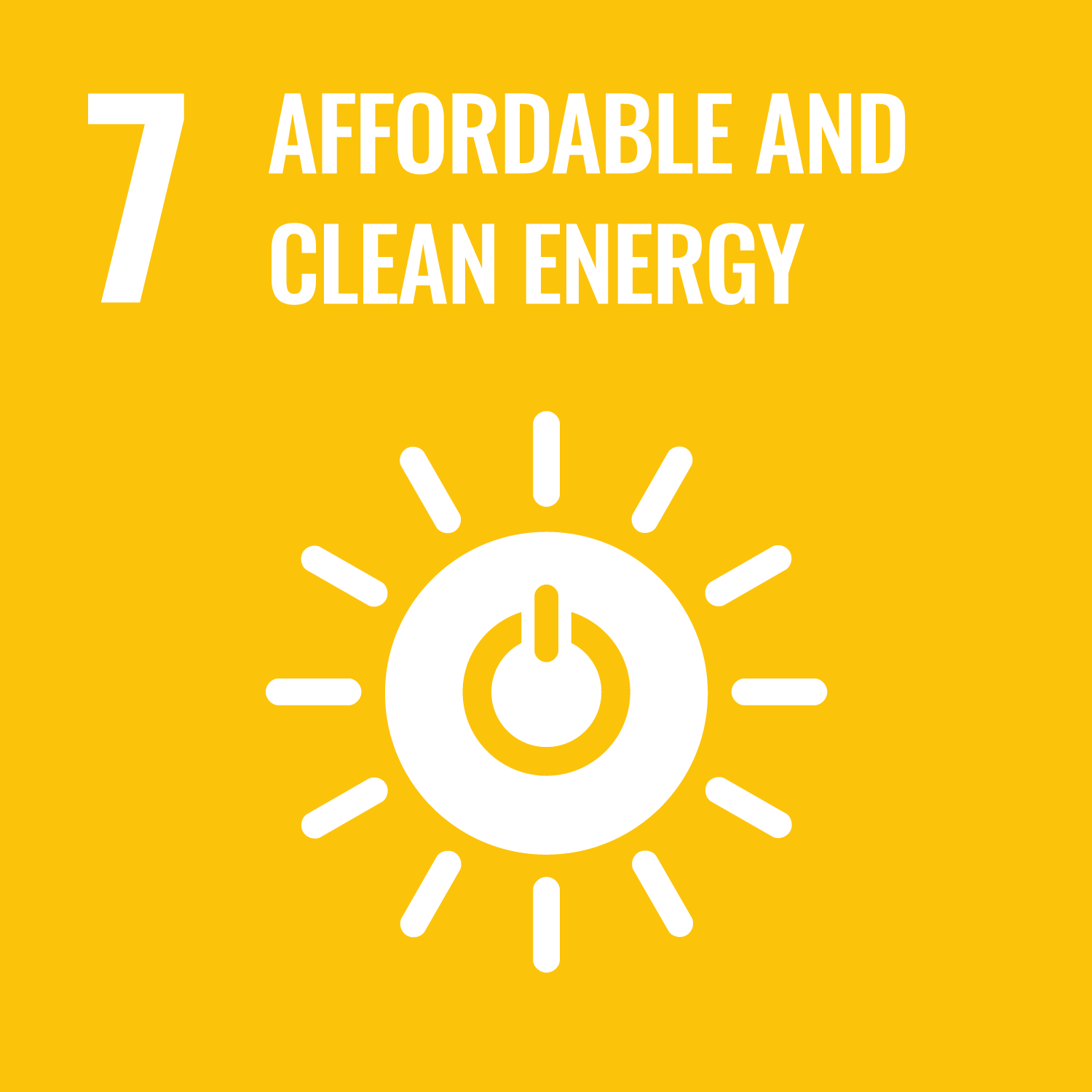
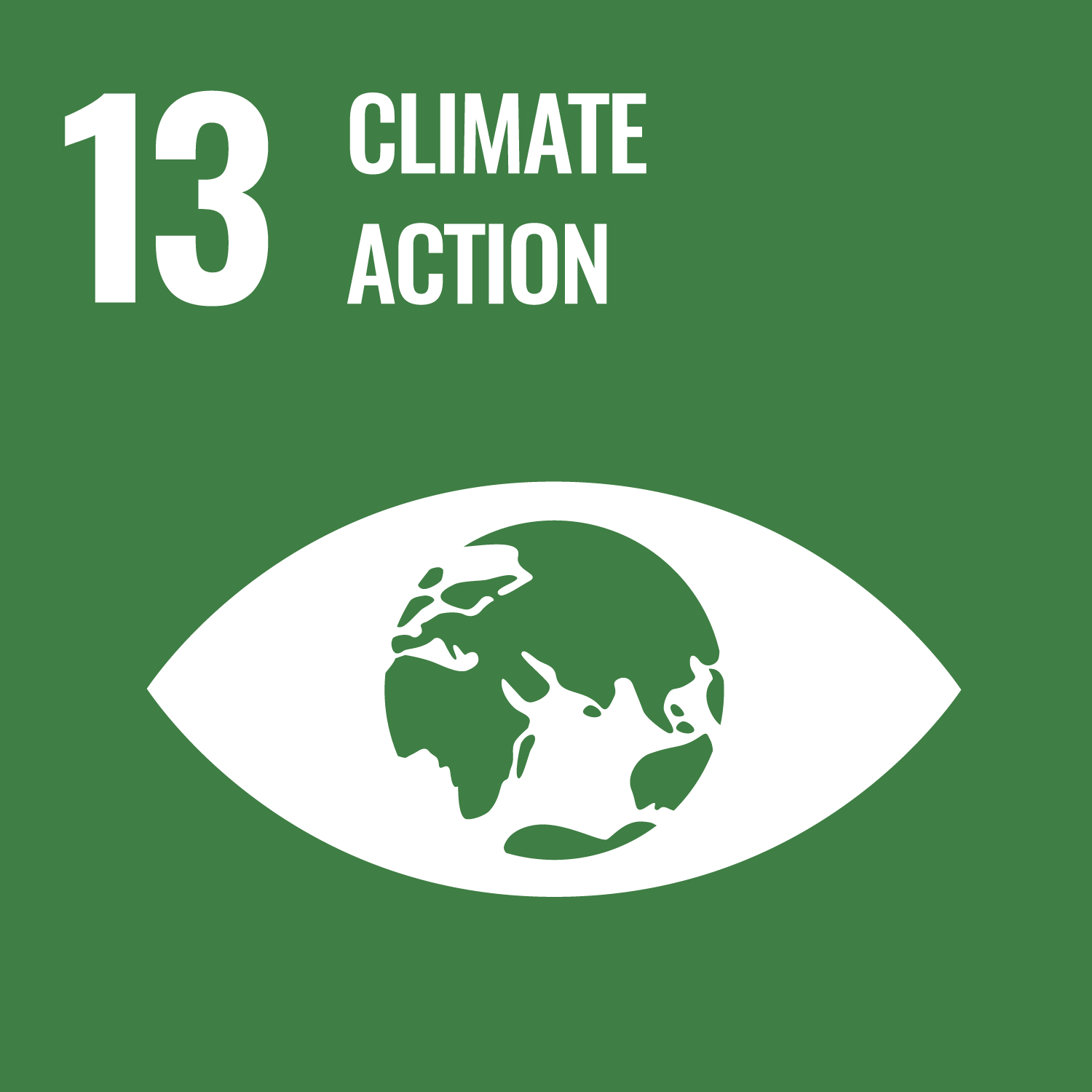
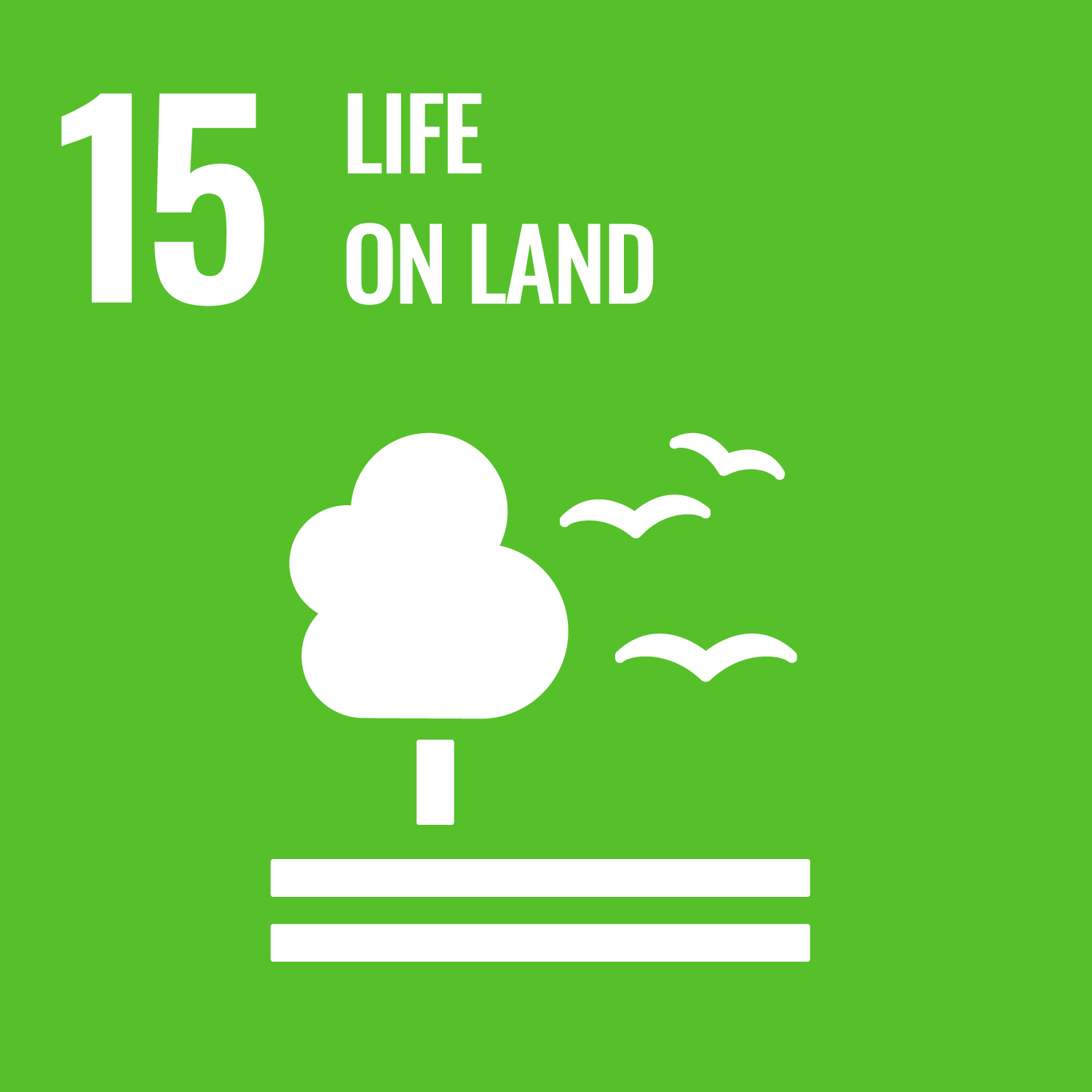




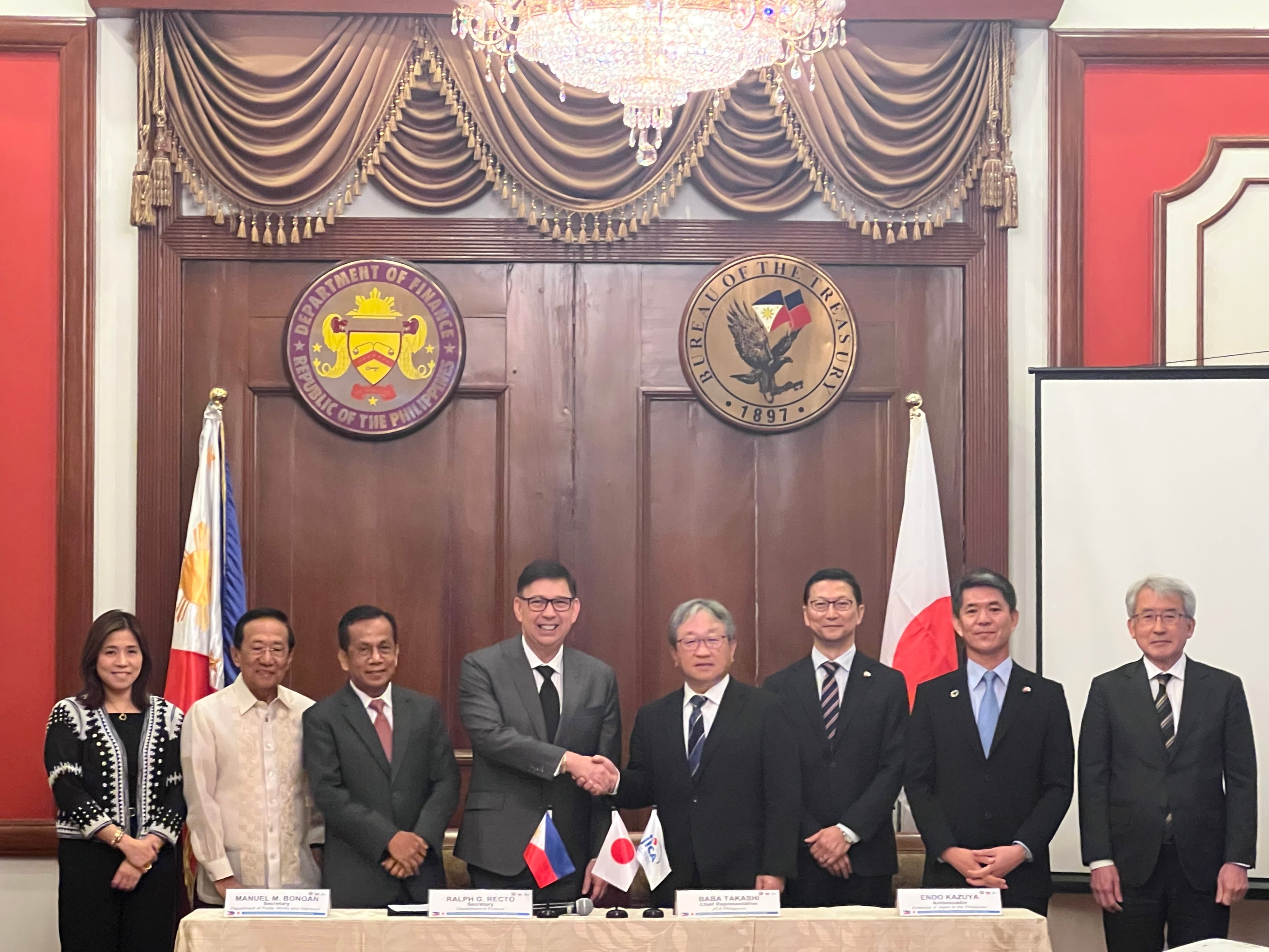
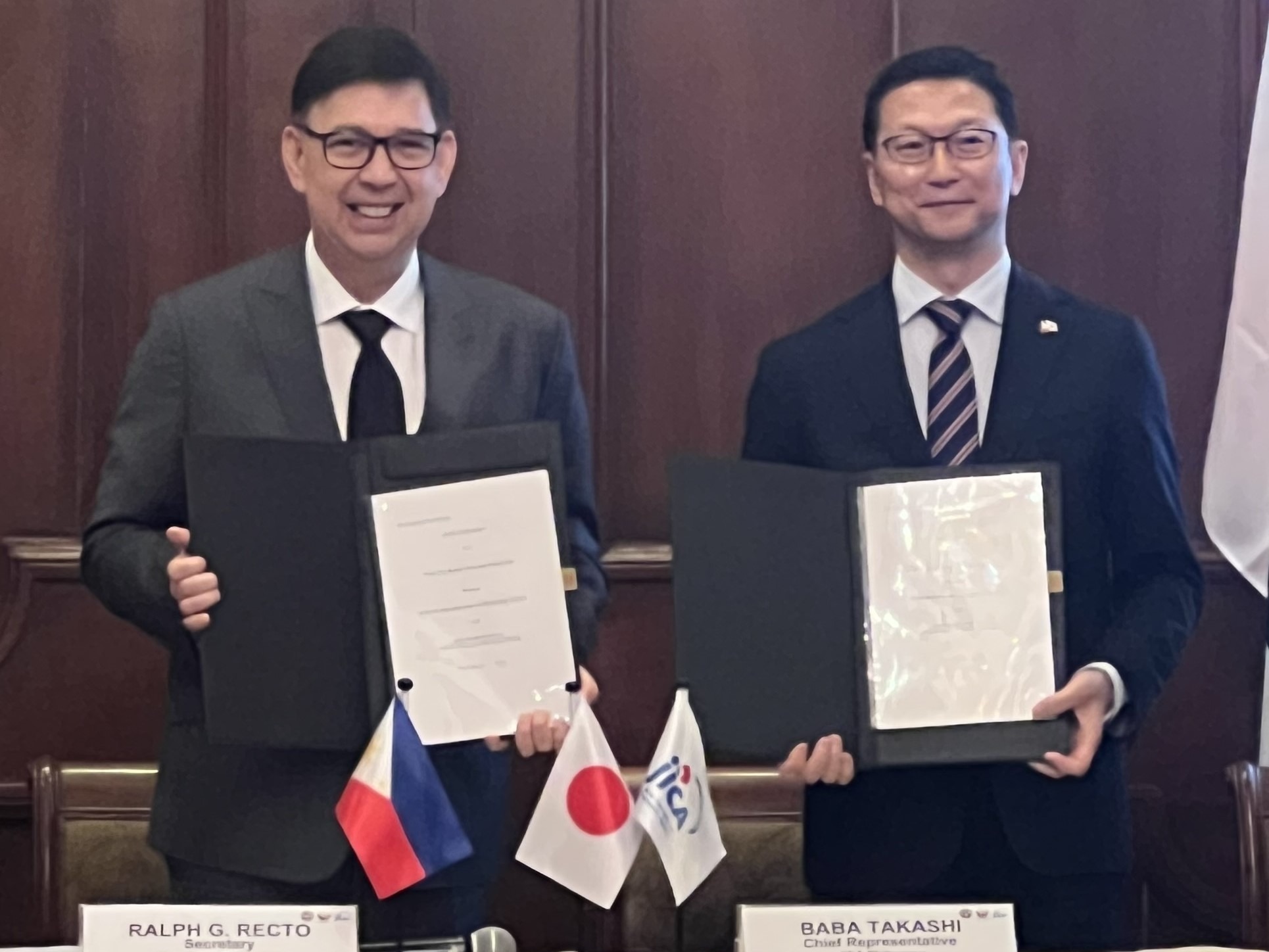
scroll